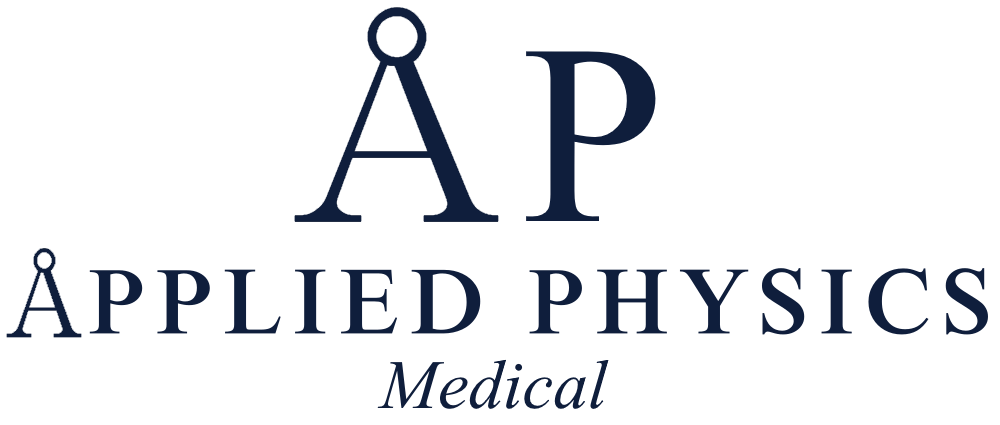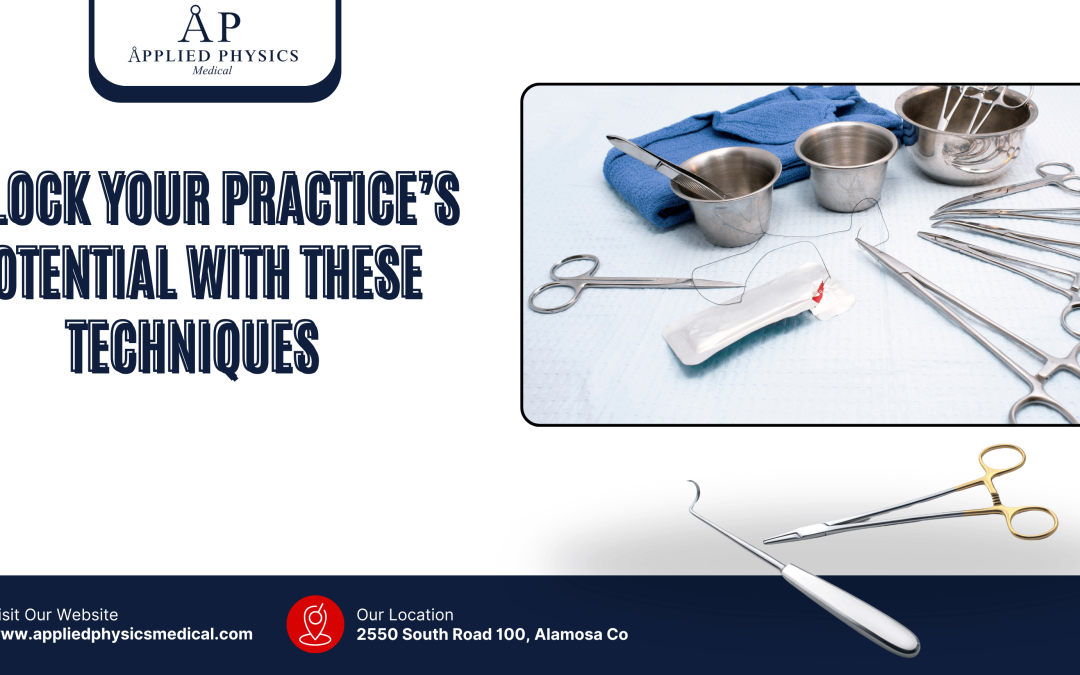Introduction
Efficiency is crucial for the success of any medical practice. By optimizing workflows and processes, you can ensure that your practice operates smoothly and effectively. One technique to maximize efficiency is to conduct regular evaluations of your practice’s operations.
This involves identifying bottlenecks, unnecessary steps, or areas where resources are being underutilized. By addressing these inefficiencies, you can streamline your practice’s operations and improve overall productivity. Another technique to maximize efficiency is to implement standardized protocols and procedures.
By establishing clear guidelines for common tasks such as patient intake, scheduling, and billing, you can reduce errors and minimize the time spent on repetitive administrative tasks. Additionally, leveraging technology such as electronic health records (EHR) and practice management software can automate many processes, further increasing efficiency. By embracing a culture of continuous improvement and efficiency, your practice can operate at its full potential.
Key Takeaways
- Implementing technology can streamline operations and improve efficiency in your practice.
- Improving patient experience and satisfaction is crucial for the success of your practice.
- Enhancing communication and collaboration among staff can lead to a more productive work environment.
- Building a strong referral network can help increase revenue and profitability for your practice.
- Fostering a positive and productive work environment is essential for unlocking your practice’s potential.
Improving Patient Experience and Satisfaction
Informing Patients for Better Care
This involves ensuring that patients are well-informed about their treatment plans, prognosis, and any potential costs or risks. By doing so, patients can make informed decisions about their care and feel more in control of their health.
Creating a Welcoming Environment
Additionally, providing a welcoming and comfortable environment in your practice can significantly enhance the overall patient experience. This can be achieved by creating a calm and clean atmosphere, having friendly and approachable staff, and providing amenities that cater to patients’ needs.
Personalized Care for Better Outcomes
Another technique to improve patient satisfaction is to personalize care and treatment plans. By taking the time to understand each patient’s unique needs and preferences, you can tailor your approach to provide more personalized and effective care. This leads to better health outcomes and increased patient satisfaction.
Seeking Feedback for Continuous Improvement
Furthermore, actively seeking and incorporating patient feedback can help identify areas for improvement and demonstrate your commitment to delivering high-quality care. By focusing on enhancing patient experience and satisfaction, your practice can build strong, long-lasting relationships with patients.
Enhancing Communication and Collaboration Among Staff
Effective communication and collaboration among staff members are essential for a well-functioning medical practice. One technique to enhance communication is to establish regular team meetings or huddles to discuss patient cases, share updates, and address any challenges or concerns. Open and transparent communication channels can foster a collaborative environment where staff members feel empowered to contribute their insights and expertise.
Additionally, leveraging technology such as secure messaging platforms or collaborative tools can facilitate real-time communication and information sharing among staff members. By streamlining communication processes, you can reduce the likelihood of miscommunication or delays in patient care. Furthermore, promoting a culture of mutual respect and teamwork can encourage staff members to work together cohesively towards common goals.
By prioritizing communication and collaboration, your practice can operate more efficiently and deliver coordinated care to patients.
Implementing Technology to Streamline Operations
| Technology | Impact |
|---|---|
| Inventory Management System | Reduced stockouts by 30% |
| Automated Workflow Software | Decreased processing time by 50% |
| Customer Relationship Management (CRM) System | Improved customer retention by 20% |
| Supply Chain Management Software | Increased supply chain visibility by 40% |
Technology plays a pivotal role in modernizing medical practices and streamlining operations. One technique to leverage technology is to implement electronic health records (EHR) systems. EHRs enable seamless documentation, access to patient information, and streamlined communication among healthcare providers.
Additionally, integrating practice management software can automate administrative tasks such as appointment scheduling, billing, and inventory management, freeing up staff time for more critical responsibilities. Furthermore, telemedicine technology can expand access to care for patients while reducing the need for in-person visits, particularly in situations where remote consultations are feasible.
Embracing digital tools for patient engagement, such as secure messaging platforms or patient portals, can also enhance communication and convenience for both patients and providers. By embracing technology to streamline operations, your practice can improve efficiency, accuracy, and overall quality of care.
Increasing Revenue and Profitability
Sustainable revenue generation is essential for the long-term success of any medical practice. One technique to increase revenue is to optimize billing processes and revenue cycle management. This involves ensuring accurate coding, timely claim submissions, and proactive management of denials or underpayments.
By maximizing reimbursements and minimizing revenue leakage, your practice can improve its financial health. Another technique to increase profitability is to diversify services or expand service offerings based on patient needs and market demand. For example, introducing new procedures or specialty services can attract a broader patient base and create additional revenue streams.
Additionally, exploring opportunities for strategic partnerships or collaborations with other healthcare providers can expand your practice’s reach and referral network, contributing to increased revenue.
Building a Strong Referral Network
Building Relationships with Healthcare Providers
Cultivating relationships with other healthcare providers is crucial for building a strong referral network. This can be achieved by actively engaging in professional networking events, collaborating on patient care, and maintaining open lines of communication for seamless referrals.
Providing Exceptional Care and Outcomes
Providing exceptional care and outcomes for referred patients can strengthen your reputation among referring providers and encourage ongoing referrals. This is essential for building trust and credibility with other healthcare providers, which can lead to a steady stream of referrals.
Leveraging Digital Marketing Strategies
Leveraging digital marketing strategies and online presence can help raise awareness of your practice among potential referrers and patients seeking specialized care. By building a strong online presence, your practice can increase its visibility and attract new patients, ultimately enhancing its reputation within the healthcare community.
Enhancing Reputation and Patient Sources
By building a strong referral network, your practice can tap into new patient sources and enhance its reputation within the healthcare community. A robust referral network can help your practice grow and thrive, increasing patient satisfaction and better health outcomes.
Fostering a Positive and Productive Work Environment
Creating a positive and productive work environment is crucial for staff satisfaction and retention. One technique to foster such an environment is prioritizing staff well-being and work-life balance. This involves offering support programs, flexible scheduling options, and opportunities for professional development to promote a healthy work environment.
Additionally, recognizing and rewarding staff contributions can boost morale and motivation. Encouraging open communication channels for staff feedback and suggestions can also demonstrate a commitment to creating a supportive workplace culture. Furthermore, promoting teamwork, collaboration, and a shared sense of purpose among staff members can foster a positive work environment where everyone feels valued and empowered.
Conclusion
By implementing these techniques, medical practices can unlock their full potential by maximizing efficiency, improving patient experience, enhancing communication among staff members, implementing technology to streamline operations, increasing revenue and profitability, building a strong referral network, and fostering a positive work environment. These strategies contribute to the success of the practice and ensure high-quality care delivery for patients while creating a fulfilling work environment for staff members.


